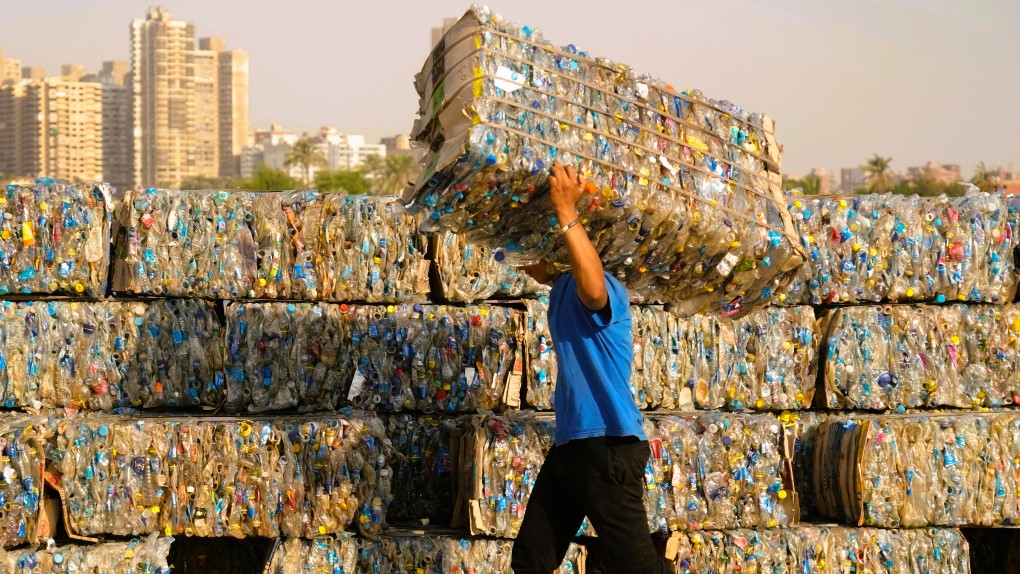Plastic waste has become a significant environmental concern worldwide, necessitating effective recycling technologies to reduce its impact on the planet. Ontario, Canada, has been at the forefront of developing innovative plastic recycling technologies aimed at waste reduction and utilization. This article explores the importance of plastic recycling, highlights the advancements in recycling technologies in Ontario, and discusses the standards and regulations set by standardization bodies to promote efficient plastic waste management.
The Importance of Plastic Recycling
Plastic recycling plays a vital role in mitigating the environmental impacts associated with plastic waste. Plastics are derived from non-renewable resources and can persist in the environment for hundreds of years, contributing to pollution, habitat destruction, and harm to wildlife. Recycling allows for the recovery and reprocessing of plastic waste into new products, reducing the need for virgin materials and minimizing waste generation.
Advancements in Plastic Recycling Technologies in Ontario
Ontario has been proactive in developing innovative plastic recycling technologies to address the challenges posed by plastic waste. These technologies aim to improve the efficiency and effectiveness of recycling processes, resulting in higher rates of plastic waste diversion from landfills. Some notable advancements include:
- Mechanical Recycling: Mechanical recycling is a widely adopted technology that involves sorting, cleaning, shredding, and melting plastic waste to produce new raw materials for manufacturing. Ontario has invested in advanced sorting and processing facilities to increase the recycling capacity and quality of mechanically recycled plastics.
- Chemical Recycling: Chemical recycling technologies, such as pyrolysis and depolymerization, break down plastic waste into its chemical components, which can then be used to produce new plastics or other valuable products. Ontario has been exploring and investing in pilot projects and facilities utilizing chemical recycling to increase plastic waste utilization and reduce landfilling.
- Advanced Sorting Technologies: Ontario has embraced advanced sorting technologies, such as optical sorting and artificial intelligence-based systems, to improve the efficiency and accuracy of plastic waste sorting. These technologies enable the identification and separation of different types of plastics, facilitating more effective recycling processes.
- Closed-Loop Systems: Closed-loop systems promote circularity by integrating plastic recycling directly into the manufacturing process. Ontario has encouraged the adoption of closed-loop systems, where manufacturers utilize recycled plastics as feedstock for their production, reducing the dependence on virgin materials and creating a sustainable supply chain.
Standards and Regulations for Plastic Recycling

Standardization bodies and regulatory agencies play a crucial role in ensuring the quality, safety, and environmental performance of plastic recycling technologies. In Ontario, several standards and regulations govern plastic waste management and recycling practices, including:
- Waste-Free Ontario Act: The Waste-Free Ontario Act establishes a comprehensive framework for waste reduction, resource recovery, and a circular economy. It sets waste diversion targets, encourages recycling and reuse, and promotes the adoption of innovative recycling technologies. Innovations in the production of energy-saving glass, in an article about Glass and energy efficiency.
- Ontario Regulation 101/94: This regulation outlines the requirements for managing waste plastics, including collection, processing, and recycling practices. It establishes standards for material recovery facilities and recycling operations, ensuring the proper handling of plastic waste.
- Canadian General Standards Board (CGSB): The CGSB develops and maintains national standards for various sectors, including waste management and recycling. These standards provide guidance on best practices, quality control, and safety in plastic recycling operations.
To learn more about plastic recycling technologies and standards in Ontario, you can visit the following sources:
- Wikipedia – Plastic recycling
Conclusion
Plastic recycling technologies in Ontario are vital for waste reduction and the sustainable utilization of plastic waste. The province has embraced innovative recycling methods, such as mechanical and chemical recycling, advanced sorting technologies, and closed-loop systems, to enhance the efficiency and effectiveness of plastic waste management. Standardization bodies and regulatory agencies have established guidelines and regulations to ensure the quality and environmental performance of plastic recycling processes. By continuing to invest in research, development, and infrastructure, Ontario is leading the way in achieving a circular economy for plastics and reducing the environmental impact of plastic waste.

